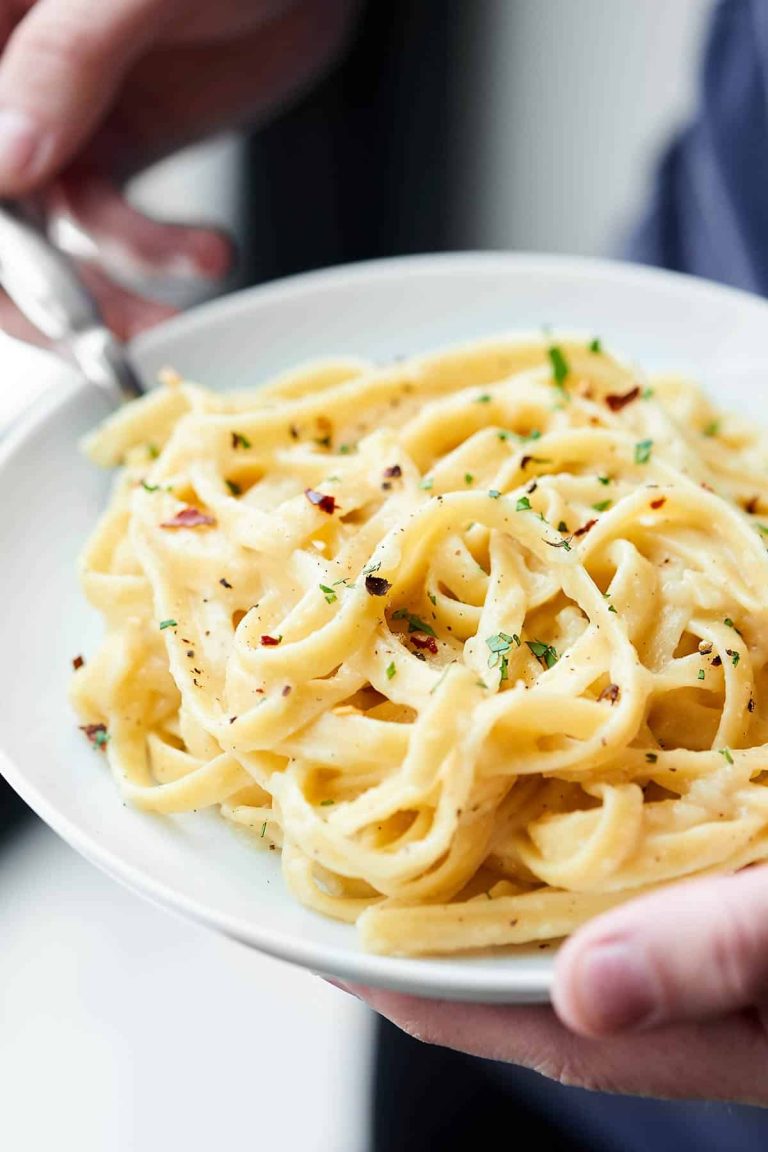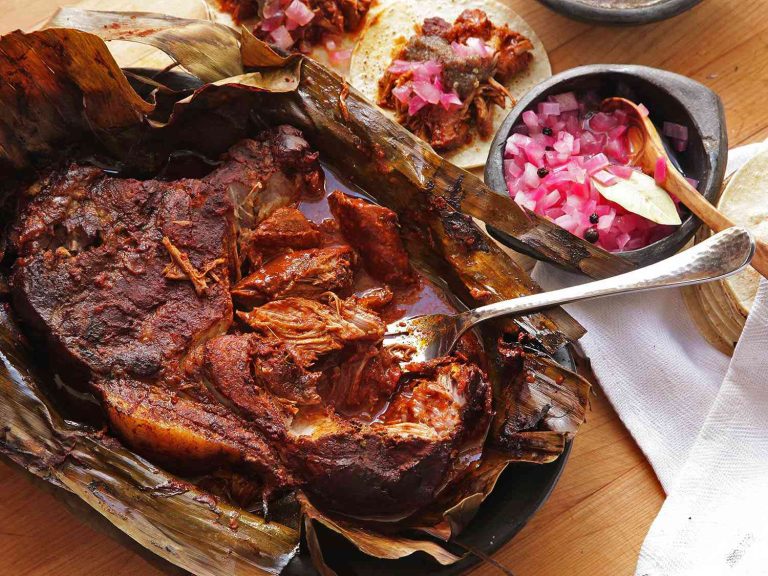Taramosalata: Traditional Greek Dip with Modern Twists and Easy Serving Ideas
Taramosalata is a traditional Greek dip made from tarama, the salted and cured roe of cod, carp, or mullet. Blended with olive oil, lemon juice, and a starchy base of breadcrumbs or potatoes, it creates a creamy, flavorful mixture. Typically served with pita bread or fresh vegetables, taramosalata adds a rich, savory note to any meal.
The Origin of Taramosalata
Taramosalata originates from Greece and has roots in the country’s culinary history. Historically, Greeks have used fish roe in various dishes, leveraging the ingredient’s nutritional value. Today, taramosalata remains a staple in Greek cuisine, often enjoyed during Lent, particularly on Clean Monday, marking the start of the fasting period. This dip exemplifies the ingenuity of Greek cooking, transforming simple ingredients into a beloved dish.
Key Ingredients in Taramosalata
The Role of Fish Roe
Fish roe forms the foundation of taramosalata. Typically, tarama or carp roe is used. It imparts a distinct, salty flavor. If unavailable, cod roe works as a substitute. The roe’s quality directly influences the dip’s taste, so it’s best to choose fresh, high-grade roe for authenticity.
Olive Oil and Lemon Juice
Olive oil adds richness and smooth texture to the dip. Extra virgin olive oil is preferred for its robust, fruity flavor. Lemon juice provides acidity, balancing the dip’s creaminess. Freshly squeezed lemon juice is ideal since it intensifies the zest and freshness of the dish.
Variations of Taramosalata
Geographic Variations
Geographic variations of taramosalata highlight regional adaptations in Greece and surrounding countries. Greek regions like Crete and Peloponnese add different textures and flavors to the dip. In Crete, they often incorporate bread instead of potatoes, creating a lighter consistency. In the Peloponnese, they might use walnuts for added richness.
In Turkey, a similar dish called “tarama” also uses fish roe but integrates more garlic for a stronger flavor. For Romanian cuisine, “salată de icre” often blends fish roe with sunflower oil, onions, and lemon juice. Each regional twist brings a unique element to the traditional recipe yet retains the core ingredients.
Modern Twists on the Classic Recipe
Modern twists on the classic recipe introduce innovative ingredients while maintaining the dip’s essence. Some chefs incorporate beetroot, giving the dip a vibrant color and earthy flavor, further enriched by the traditional elements like fish roe and olive oil. Another update includes using avocado for added creaminess and a healthier twist without overpowering the core flavors.
Some recipes also feature diverse starch bases, like using sweet potatoes instead of bread or regular potatoes for a different taste and texture. These twists make taramosalata adaptable to contemporary dietary preferences and broaden its appeal beyond traditional Greek cuisine.
How to Make Taramosalata at Home
Essential Tips for Beginners
Use quality ingredients for the best flavor. Choose fresh, high-quality fish roe like carp or cod for an authentic taste. Blend the roe with extra virgin olive oil and fresh lemon juice. Add different starch bases, such as soaked bread or boiled potatoes, to adjust the texture.
Combine ingredients gradually. Start by blending the fish roe until smooth. Slowly add olive oil and lemon juice, alternating between the two, to emulsify the mixture. If using bread or potatoes, incorporate them in small portions to maintain a creamy consistency.
Season to taste. Add finely grated onions, garlic, or white pepper according to your preference. Taste periodically and adjust the lemon juice or salt levels carefully to balance the flavors.
Common Mistakes to Avoid
Over-blending the mixture. Excessive blending breaks down the starch, making the dip too runny. Blend to achieve a smooth texture, but stop once it reaches the desired consistency.
Using low-quality fish roe. Cheaper or processed roe impacts the flavor negatively. Invest in fresh, reputable sources to achieve the authentic taste.
Neglecting texture adjustments. Variations in starch bases require different techniques. If using bread, it must be soaked well and squeezed to remove excess water. For potatoes, use boiled and mashed ones to ensure they blend smoothly.
These steps ensure a delicious, authentic taramosalata you can enjoy making at home.
Serving and Pairing Taramosalata
Traditional Accompaniments
Pita bread and raw vegetables are classic accompaniments for taramosalata. You can serve the dip with warm pita triangles to enhance its creamy texture. Fresh vegetables, like cucumber slices, carrot sticks, and bell pepper strips, add a refreshing crunch. Olives and capers provide a salty contrast, balancing the dip’s tangy flavor.
Creative Serving Ideas
Tacos and sushi offer modern ways to serve taramosalata. For a Greek-Mexican fusion, spread taramosalata on soft taco shells, then add grilled shrimp and fresh cilantro. Sushi rolls can incorporate the dip as a creamy element with cucumber and crab. You can also use taramosalata as a sandwich spread, layering it with smoked salmon, red onion, and arugula. These creative ideas add variety to traditional presentation methods.
Conclusion
Taramosalata is more than just a traditional Greek dip; it’s a versatile and flavorful addition to any meal. Whether you stick to classic recipes or experiment with modern twists, the key is using high-quality ingredients. Enjoy it with traditional accompaniments or get creative by incorporating it into various dishes. With its rich history and adaptability, taramosalata can easily become a favorite in your culinary repertoire.






